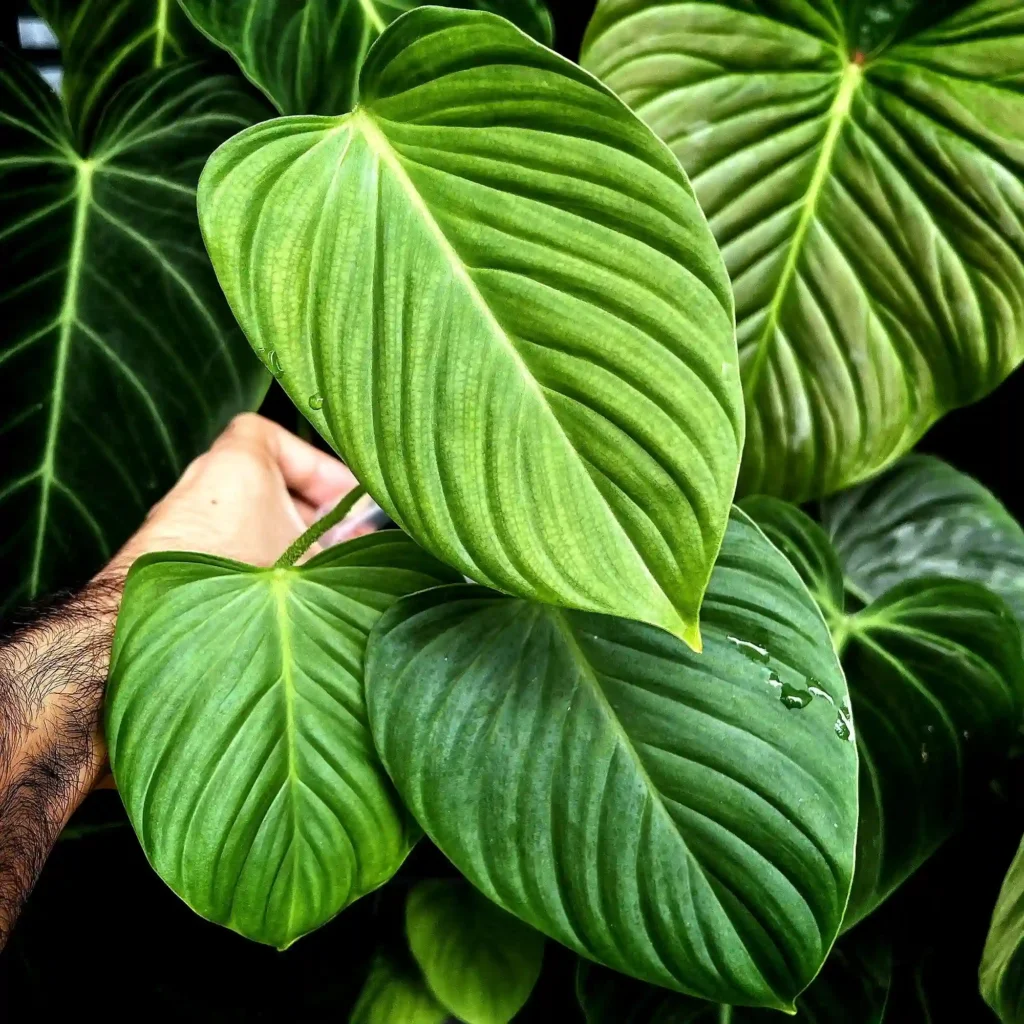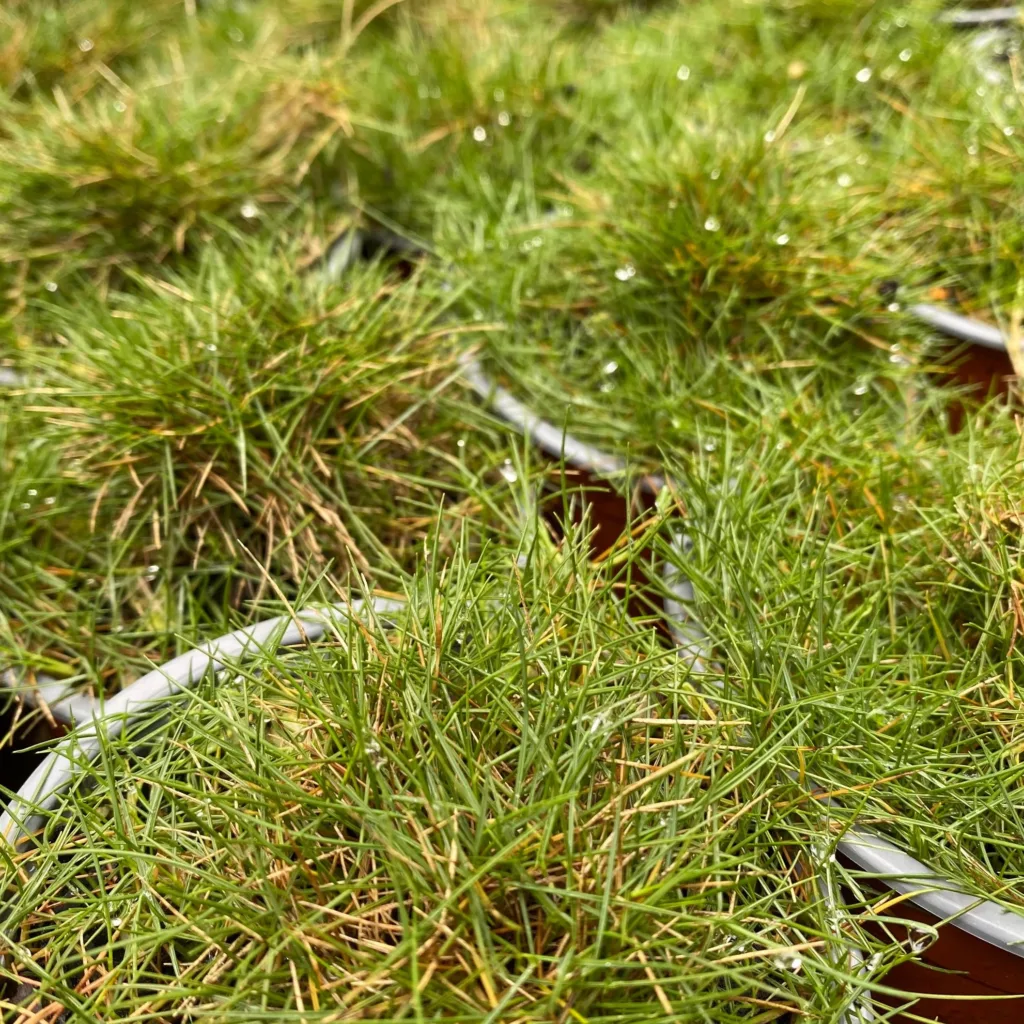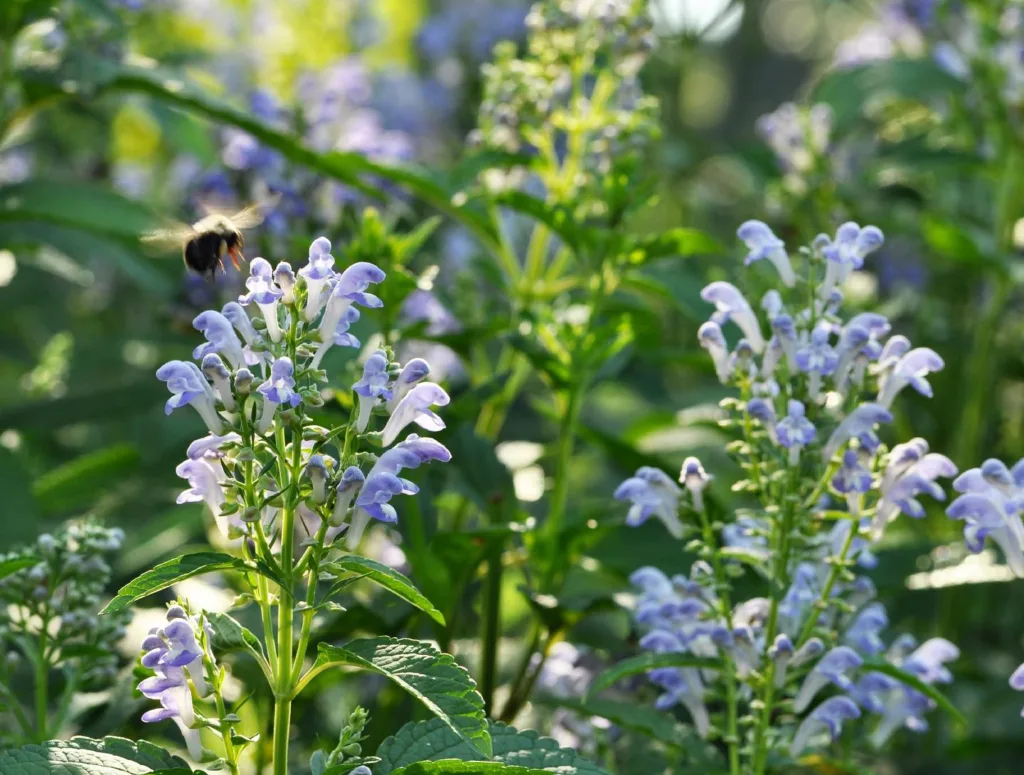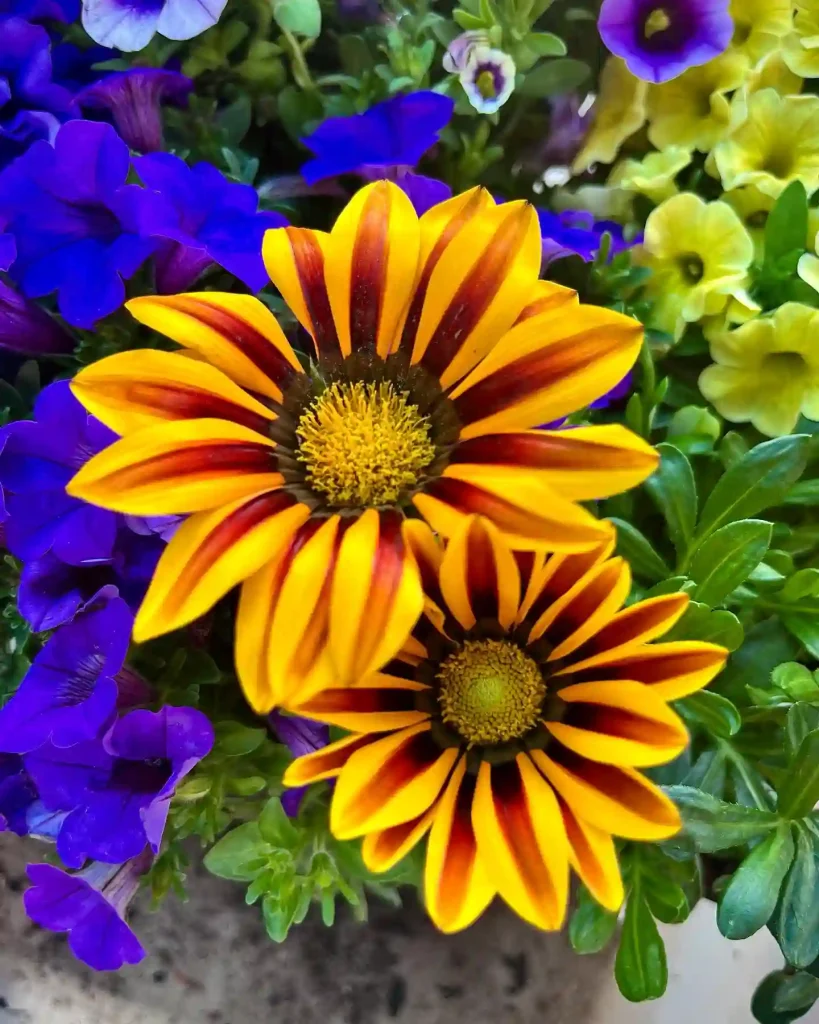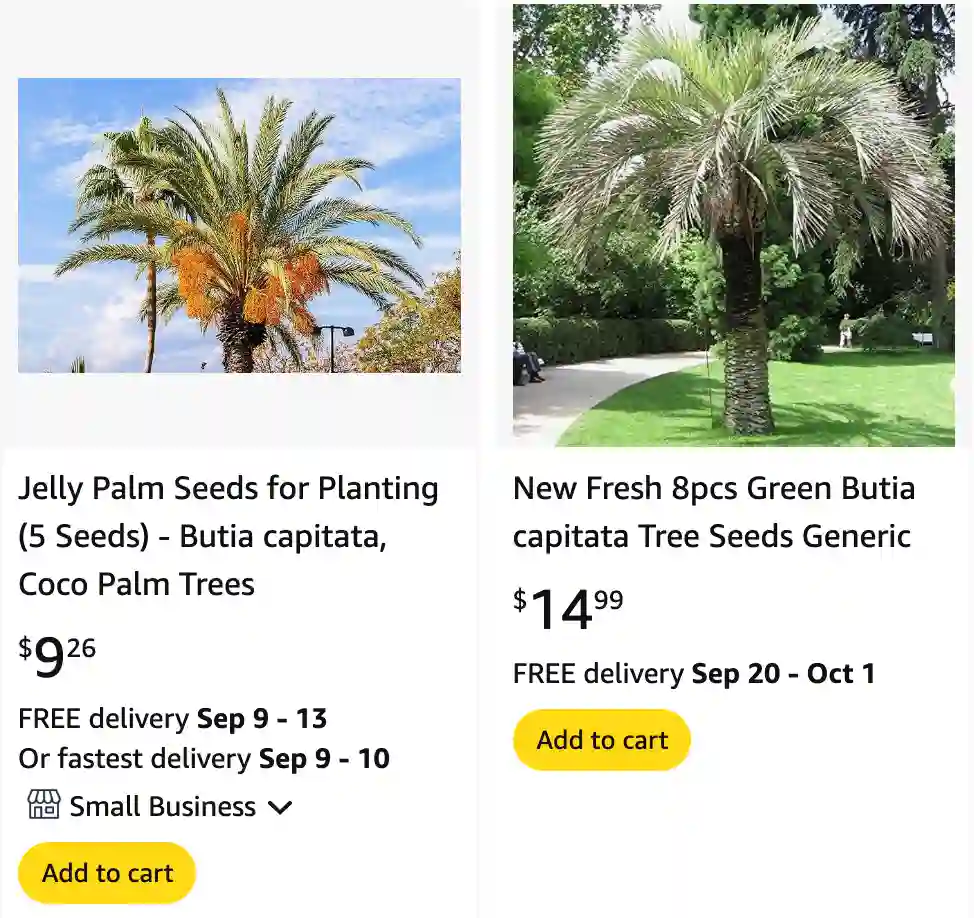
FAQs About Butia Capitata
As a plant enthusiast, I’ve always been fascinated by the unique beauty and characteristics of various palms. Butia Capitata, also known as the Pindo Palm or Jelly Palm, is one of those captivating species that never fails to catch my attention. Its feathery, blue-green fronds and the striking clusters of yellow-orange fruit are just a few of its attractive features. Over time, I’ve come across several frequently asked questions about this beautiful palm, and I’d like to share some insights based on my experience and research.
24 Species in Genus Butia
What is Butia Capitata?
Butia Capitata is a cold-hardy palm native to South America, particularly Brazil and Uruguay. This palm can grow up to 20 feet tall and has a slow-growing habit, making it a favorite among gardeners and landscapers. Its arching fronds and the ability to withstand temperatures as low as 15°F make it an excellent choice for both tropical and subtropical climates. This palm is not only admired for its ornamental value but also for its delicious fruit.
Can You Eat Butia Capitata Fruit?
Yes, you can eat the fruit of Butia Capitata! The Pindo Palm produces small, yellow to orange fruits that are not only edible but also quite tasty. They have a sweet-tart flavor, often described as a mix between pineapple and apricot. The fruit can be eaten fresh, although it can be a bit fibrous. Many people use it to make jelly, hence the nickname “Jelly Palm.” You can also use the fruit to make wine, juice, or even fermented beverages. If you have a sweet tooth or enjoy experimenting with different flavors, the Butia Capitata fruit is definitely worth a try.
How to Germinate Butia Capitata Seeds?
Germinating Butia Capitata seeds can be a rewarding but patient endeavor. Here’s how I typically go about it:
- Seed Preparation: First, collect the seeds from ripe fruit and clean off any remaining fruit pulp. The seeds are quite hard, so soaking them in warm water for 24-48 hours can help speed up the germination process.
- Planting Medium: Use a well-draining mix, such as a combination of sand, perlite, and peat moss. This mix provides the right balance of moisture and aeration.
- Sowing the Seeds: Plant the seeds about an inch deep in the soil mix. I usually place them in individual pots to make it easier to manage each seedling.
- Warmth and Moisture: Butia Capitata seeds need consistent warmth and moisture to germinate. A temperature range of 70-85°F is ideal. Cover the pots with a plastic bag or use a propagation tray with a lid to maintain humidity.
- Patience is Key: Germination can take anywhere from a few weeks to several months, so patience is essential. Once the seedlings emerge, provide them with bright, indirect light and continue to keep the soil moist but not waterlogged.
How to Care for Butia Capitata?
Caring for Butia Capitata is relatively straightforward:
- Watering: While they are drought-tolerant once established, young palms require regular watering. Ensure the soil is well-draining to prevent root rot.
- Fertilizing: Use a balanced, slow-release fertilizer in the growing season to promote healthy growth.
- Pruning: Remove dead or damaged fronds to maintain the palm’s appearance and health.
- Sunlight: Full sun is best for Butia Capitata, but it can tolerate partial shade. In very hot climates, some afternoon shade can help prevent the fronds from scorching.
Butia Capitata vs Butia Odorata
Butia Capitata and Butia Odorata are often confused because of their similar appearance. However, there are subtle differences. Butia Odorata, also known as the South American Jelly Palm, tends to have slightly larger fruit and is generally more robust in growth compared to Butia Capitata. Butia Odorata is also considered more salt-tolerant, making it a better choice for coastal areas.
Can You Grow Butia Capitata Indoors?
Growing Butia Capitata indoors can be challenging due to its size and need for full sun. However, young palms can be kept indoors for a few years if they receive plenty of light. Place them near a bright window, and make sure to turn the plant occasionally to ensure even growth. Be mindful of humidity levels and provide occasional misting, especially in dry indoor environments.
Is Butia Capitata Toxic?
Butia Capitata is not known to be toxic to humans or pets. Its fruit is edible, and the plant itself is considered safe. However, as with any plant, it’s a good practice to keep pets from chewing on it to avoid any digestive discomfort.
Benefits of Butia Capitata
Apart from its ornamental value, Butia Capitata offers several benefits:
- Edible Fruit: As mentioned, the fruit can be used in various culinary applications.
- Drought Tolerance: Once established, it requires minimal water, making it an eco-friendly choice.
- Cold Hardiness: Its ability to withstand colder temperatures makes it suitable for a range of climates.
Common Problems with Butia Capitata
Like any plant, Butia Capitata can face some issues:
- Pests: Keep an eye out for common pests like scale, mealybugs, and spider mites.
- Diseases: Root rot can be a problem in poorly-draining soils. Ensure the soil mix is well-draining, and avoid overwatering.
- Nutrient Deficiency: Yellowing fronds can indicate a nutrient deficiency, often resolved by applying a balanced fertilizer.
What to Plant with Butia Capitata?
Butia Capitata pairs well with other drought-tolerant plants such as agave, yucca, and various ornamental grasses. It can also be a stunning centerpiece in a mixed tropical or desert-themed garden. Its elegant fronds provide a striking contrast to smaller, more colorful plants.
Butia Capitata is a versatile and beautiful palm that offers both aesthetic appeal and practical benefits. Whether you’re interested in its edible fruit, its resilience, or its ornamental value, this palm is a fantastic addition to any garden.
If i die, water my plants!
